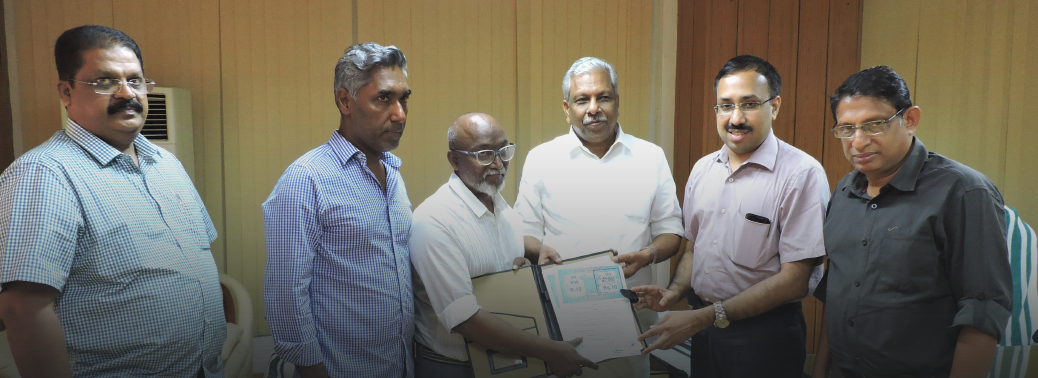Kudumbashree helps senior citizens reconnect
24, Mar 2019

Prelims level : Schemes
Mains level : GS II Development processes and the development industry- the role of NGOs, SHGs, various groups
- Loneliness, especially in the twilight years of life, is a concern the world over and Kerala is not an exception. There is a large section of elderly people staying alone, raising concerns for their physical, economic, and social well-being.
- The Kudumbashree Mission has recently started an effort to identify such people and extend care for them. Pakal Veedu, a day-care initiative of Kudumbashree, has become a solace for many such people.
Kudumbashree – A unique model
- Started in 1998, it was envisioned as a part of the People’s Plan Campaign and local self-governance, with women at the centre of it.
- In its conceptualisation, it was markedly different from the self-help group (SHG) movements in many parts of India.
- While the commonality with other States was in the thrift and credit activities at the grassrootslevel through the formations of saving groups, the structures differed.
- Kudumbashree has a three-tier structure.The first is the basic unit — the neighbourhood groups (NGs). There could be several such units within a ward and they are networked through the area development societies (ADS). All ADSs are federated through the community development societies (CDS).
- There are core committees of elected coordinators at all three levels.
- Each Kudumbashree member has a vote. Direct elections for the NG coordinators are held every three years. These people, in turn, elect the coordinators of the ADS who elect the members of the CDS.
- A majority of the members of the coordinator groups have to belong to women below the poverty line or from comparatively poorer sections.There is reservation forDalit and Adivasi women.
- At the district and State levels, employees/officers of the government are appointed on deputation to help the Kudumbashree groups. Thus, there is a socially representative leadership.
- This secular composition acts as a facilitator for the secularisation of public spaces.
- The micro-enterprises undertaken by the women NGs in Kerala also strengthen community bonds. These include organic vegetable growing, poultry and dairy, catering and tailoring.
- The concepts and practices have expanded over the years. Today the community farms run by Kudumbashree groups are acknowledged as a critical avenue for the rejuvenation of agricultural production in Kerala.
- Kudumbashree training courses are quite comprehensiveand include women’s rights, knowledge of constitutional and legal provisions, training in banking practices, and training in skills to set up micro-enterprises.
- The Kudumbashree groups are therefore often seen as a threat by those who would like women to adhere to socially conformist roles.






